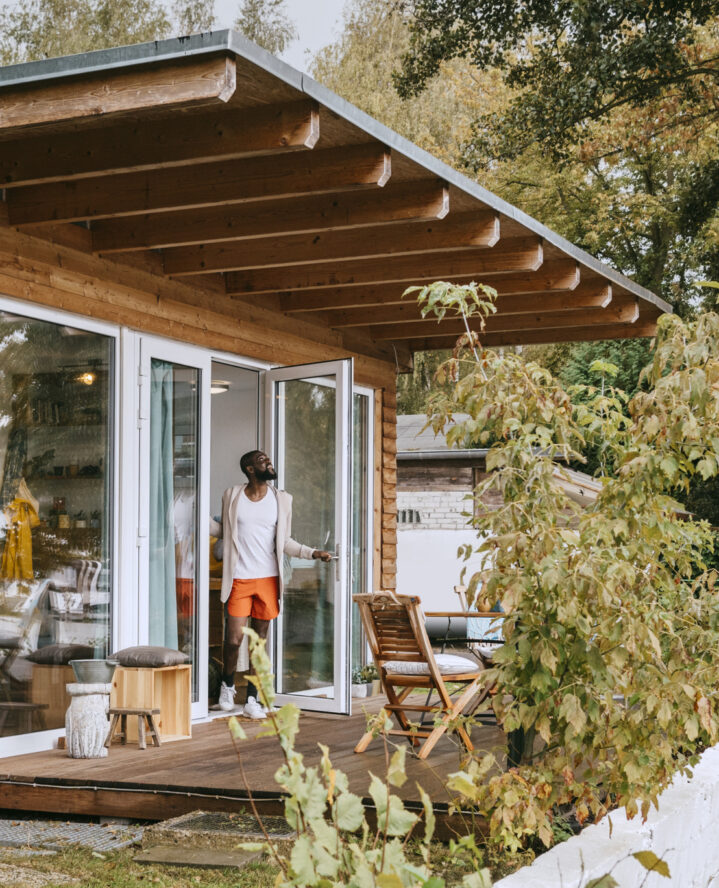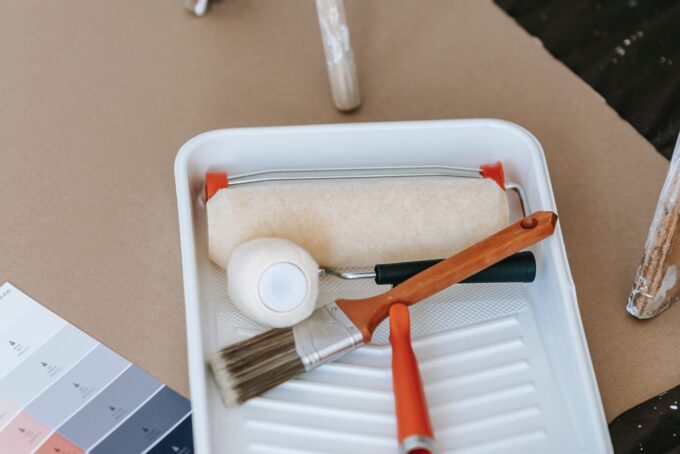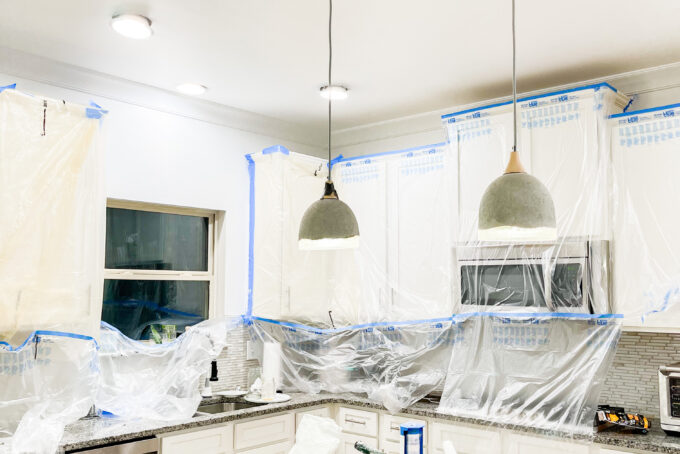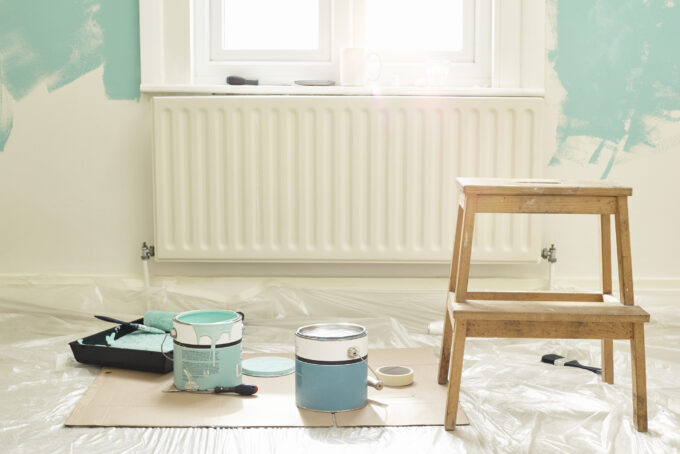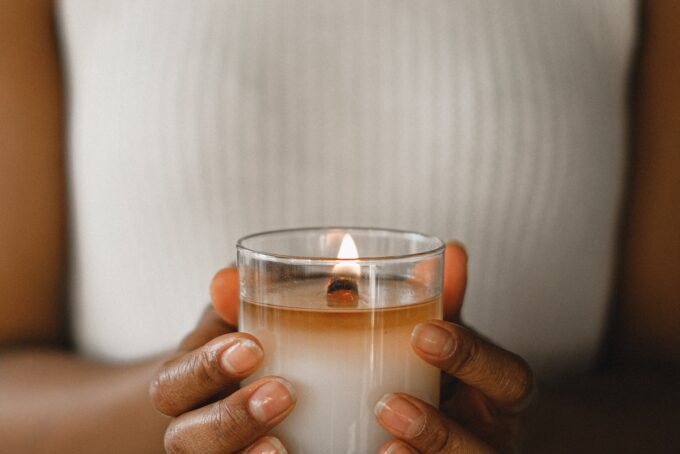So, you’re thinking about using that extra space in your backyard to build a backhouse. These little structures can be a game-changer, providing extra living space, potential rental income, or even a sweet spot for guests. But before you roll up your sleeves and get to work, there are some essential steps to consider to make sure your backhouse project goes off without a hitch.
Defining Backhouses
Backhouses are also known as Accessory Dwelling Units (ADUs) and are just secondary housing units that can be built on the same property as your primary residence. These units are self-contained and have their own entrances, kitchens, bathrooms, and living spaces.
ADUs can take many forms, from cozy cottages to sleek, modern apartments. They’re incredibly versatile and can serve various purposes, including providing additional living space, accommodating guests, or generating rental income.
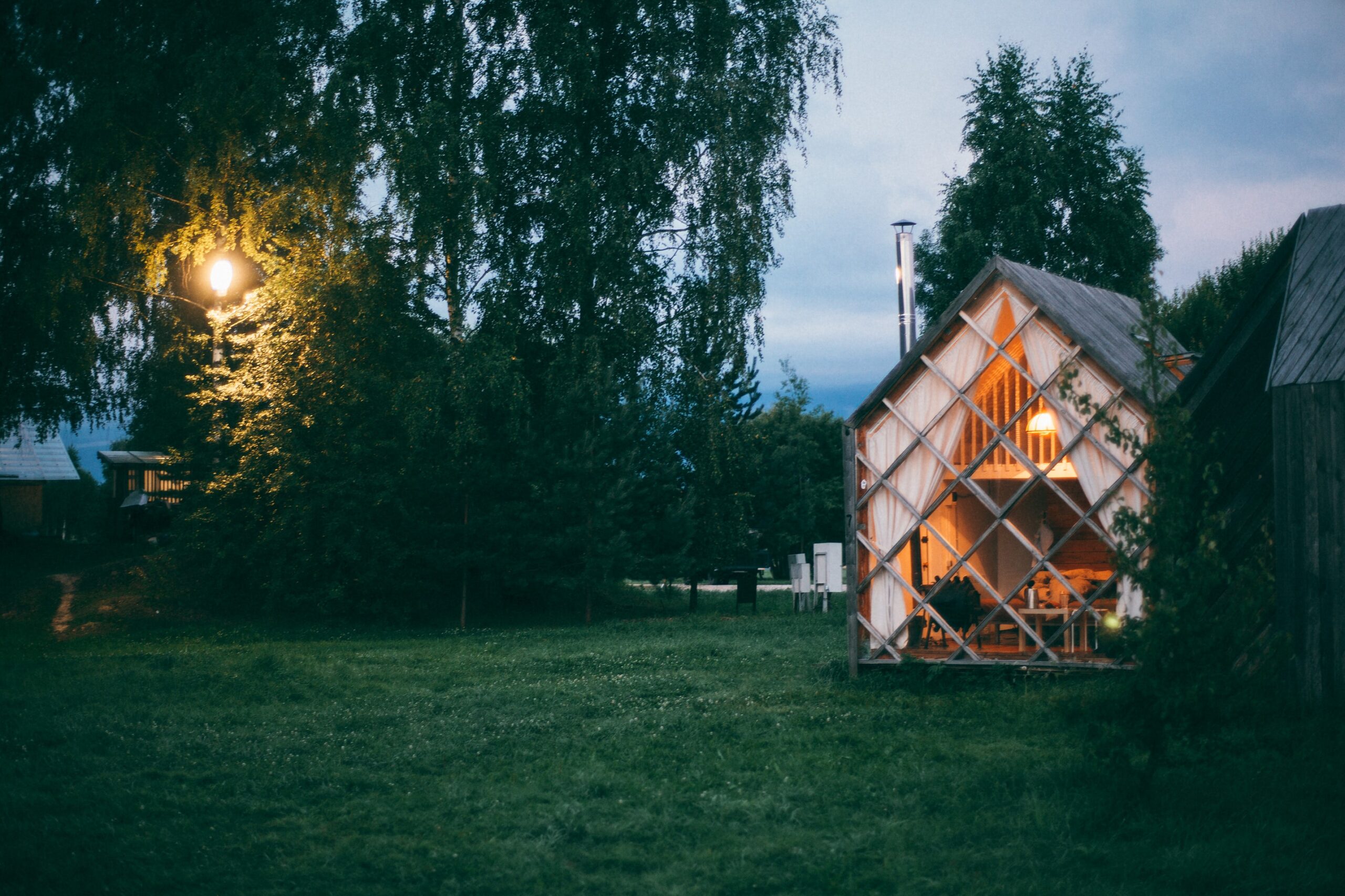
ADUs vs. Tiny Homes: What’s the Difference?
One thing to note is that ADUs and tiny homes are not the same thing. While both provide additional living space, ADUs are permanent structures typically built on the same property as your main house. They have their own utilities and follow local zoning regulations. In contrast, tiny homes are smaller and often on wheels so they can be transported. They may also not have the same level of permanence or utility connections.
First Things First: Define Your Purpose
The first step in building your extra space comes down to your grand vision. What’s the plan for your backhouse? Is it going to be a cozy guest nest, a productive home office, or perhaps a source of rental income? Deciding on its primary purpose will be your north star for the entire project.
Budget for What You Need
Let’s talk money. On average, you can expect to invest between $100,000 and $200,000 in your ADU project. However, it’s essential to recognize that this is a general estimate, and several variables can influence the final cost.
The size and complexity of your ADU play a significant role in budgeting. A simpler, smaller ADU will naturally cost less than a larger, more intricate one. Additionally, geographic location can’t be overlooked. Urban areas tend to have higher labor and material costs, while rural settings might offer more budget-friendly options.
Permits and regulatory compliance are non-negotiable expenses, varying based on your area. Foundation type, utility hookups, architectural design, materials, and finishes all contribute to the budget. Meticulous planning and a contingency fund of 10-15% are essential to accommodate unforeseen expenses. While it may be a tough pill to swallow, you’ll thank yourself for planning ahead!
Check Local Regulations
One of the biggest mistakes homeowners make aside from underestimating the cost is not looking into permits. You may think that since it’s your property, you should be entitled to build whatever you please in your backyard, but unfortunately, that’s not the case. Every area has its own rules and regulations when it comes to building ADUs. So, be a detective and find out what’s allowed. This might involve applying for permits or variances, depending on where you live. If you skip this step, you could be looking at a hefty fine from your city down the line.
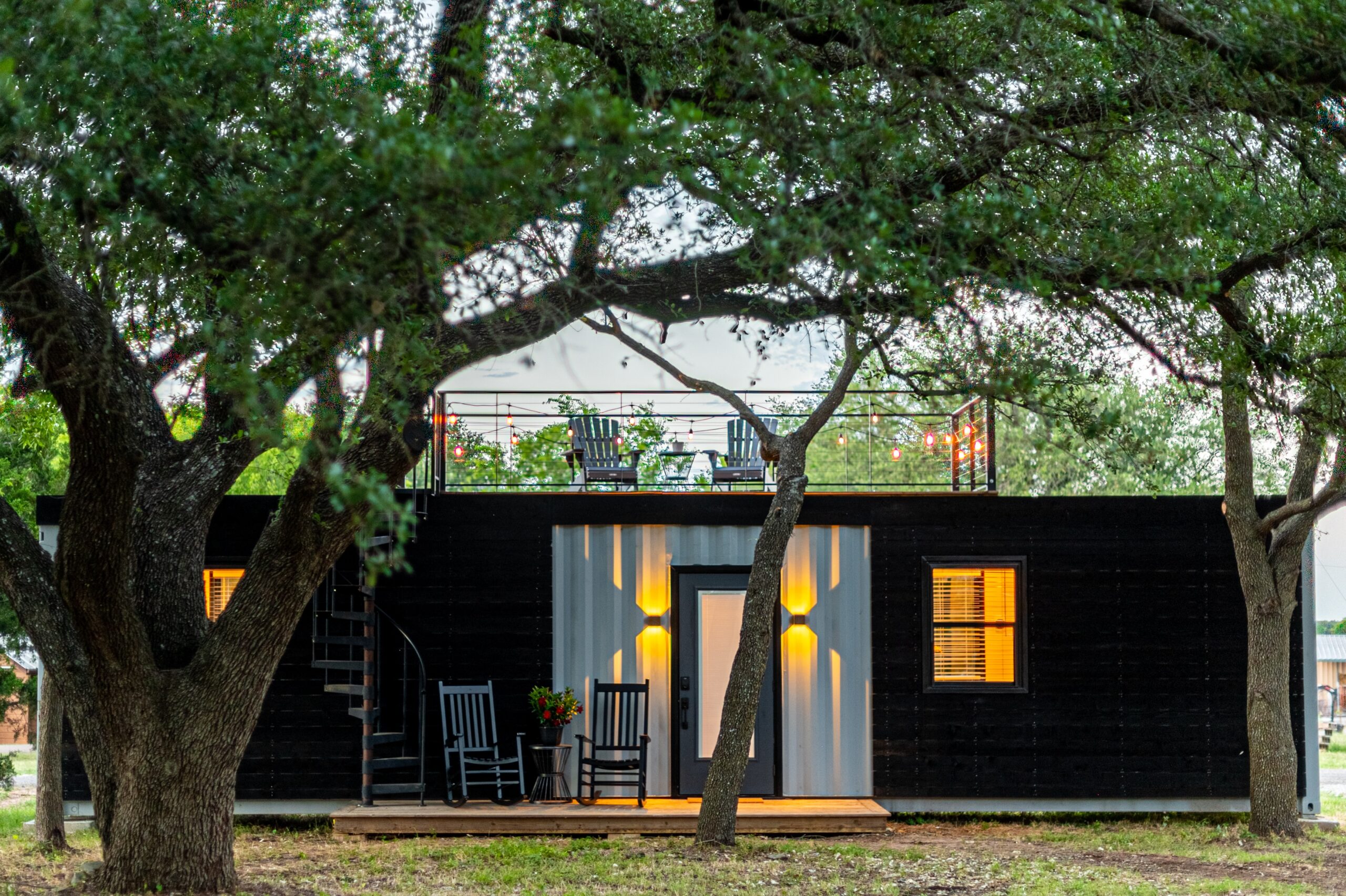
Choose the Design and Layout
This is where things get fun. Working with an architect or designer will help you design a functional and good-looking backhouse. Consider the number of rooms, layout, and how accessible it should be. Make it match your vision, whether that’s a comfy nature-inspired bungalow or a sleek, modern space with clean lines and minimalist decor.
Choose the Right Location
Location, location, location! Picking the perfect spot on your property is key. It shouldn’t block any natural light or lovely views from your main house. Plus, think about privacy and how close utilities are. It needs to be practical and easy on the eyes.
Determine Construction Materials
Quality counts. Go for top-notch materials that match your main house’s style. Not only will it look great, but it’ll also last longer. Investing a bit more upfront can save you heaps on maintenance in the long run.
Hire Contractors
Time to assemble your dream team of contractors and builders. Look for folks who know their way around ADUs. Check places like Angi, look at their references and read reviews to make sure they’re the real deal. And remember, clear communication is your secret weapon for a smooth construction process.
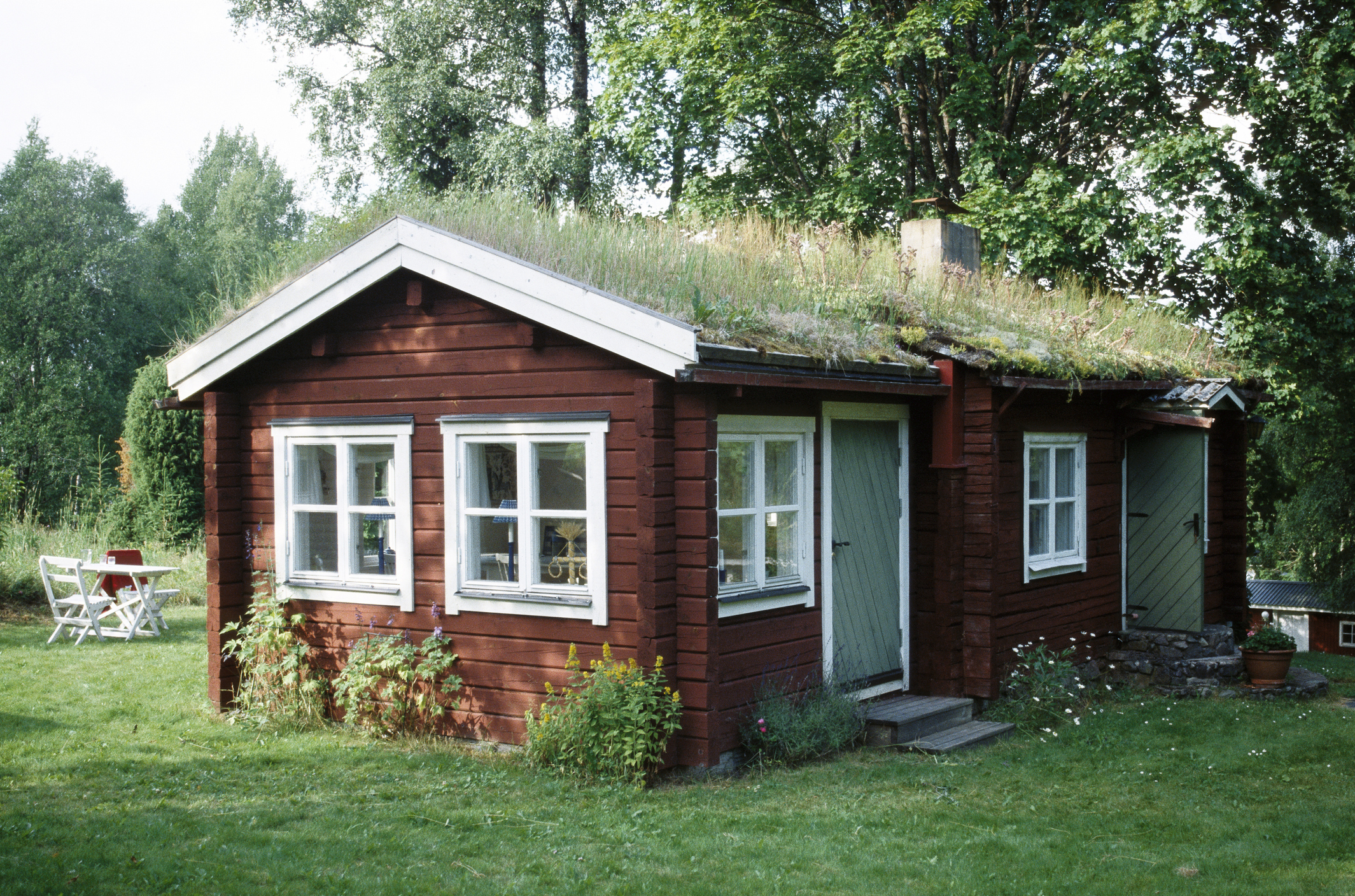
Think Energy Efficiency
Want to save money and help the planet? Think about energy-efficient features like insulation, LED lighting, and a smart HVAC system. It’s a win-win.
Remember Plumbing and Utilities
Plan ahead for water, electricity, and sewage connections. It should either have its own systems or connect seamlessly to your main house.
Landscape
You’ll want to make sure your new space is cohesive with your OG home and make it blend in nicely with your yard. Create outdoor spaces that match the look and feel, making it all feel like a harmonious whole.
Pick Interior Finishes
The time will come to personalize it! Pick out finishes like flooring, paint colors, and fixtures that fit your style and purpose. Make it comfy and inviting—it’s all about you and your needs.
Add Safety Features
Install smoke detectors, fire extinguishers, and a security system to keep everyone safe and sound. It’s peace of mind for you and your guests or tenants.
Do a Final Inspection and Walkthrough
Before you let anyone move in, do a final inspection. Make sure everything is just right and up to code. You want your backhouse to be safe and comfortable from day one.
popular posts
- 1It’s Black Business Month, So Let’s Go Shopping and #BuyBlack!
- 2These Home Decor Items Will Instantly Make Your Space Look Outdated
- 3Black-Owned Home Decor Stores To Support Across the United States
- 4A Look Inside Elon Musk's Tiny $50,000 House
- 57 Black and Multicultural Designers To Follow For Design Inspo
Home

These 5 Kitchen Tools Will Up Your Culinary Experience
by Arielle Clay | January 19, 2023

I’ll Drink To That! Host a Black-Owned Wine & Spirit Tasting At Home
by Arielle Clay | January 20, 2023
Spaces
Whether it’s luxury or ease, every area of your home should be as fabulous and unique as you.
FOLLOW ALONG ON INSTAGRAM
#homeandtexture
Find us on social for more home inspiration where culture, personal style, and sophisticated shopping intersect to help you create a home where you love to live.
